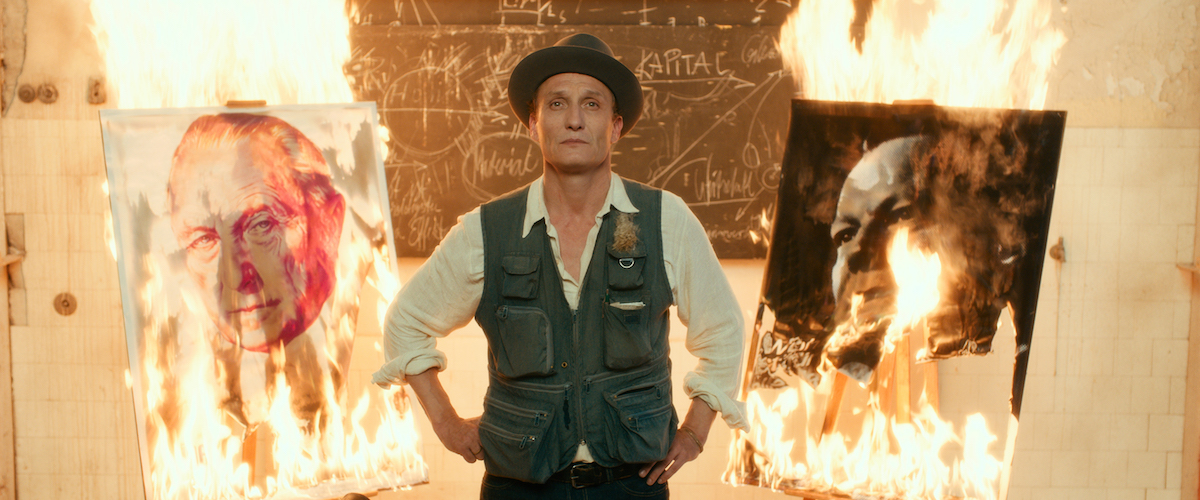Both Kurt and Richter use painting as a medium to contemplate and investigate certain life happenings. These two artists could be representing reality using fantasy ideas in their work. In Never Look Away, Kurt paints as a type of therapy intentionally aimed to communicate the truth. However, Kurt never promotes his paintings in a way where they would effectively translate his overwhelming fear. Merely by creating this art, Kurt is pursuing the act of “making yourselves free” and “liberating the world.” His work is potentially dangerous because it is truthful. Kurt is willing to take this risk because “everything that’s true is beautiful.” Richter also uses his art to represent certain truths and situations that have occurred so the audience does not forget. For example, in Richter’s “October 18, 1977” collection, he shows the progression of a scenario by increasingly blurring the images in the series showing the frustration he has with the audience’s ignorance and lack of attention. Richter claims these paintings “can give us new insights” on the horrors of the past. Like Sontag, Richter emphasizes “we can’t simply discard or forget” the atrocities of the past and “we must try to find a way of dealing with it.”


Bodies in Revolution
